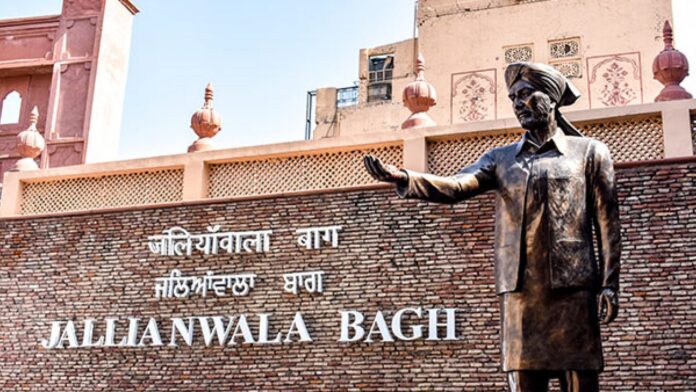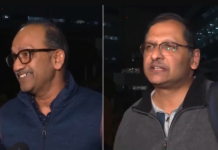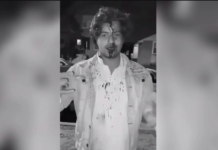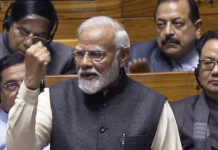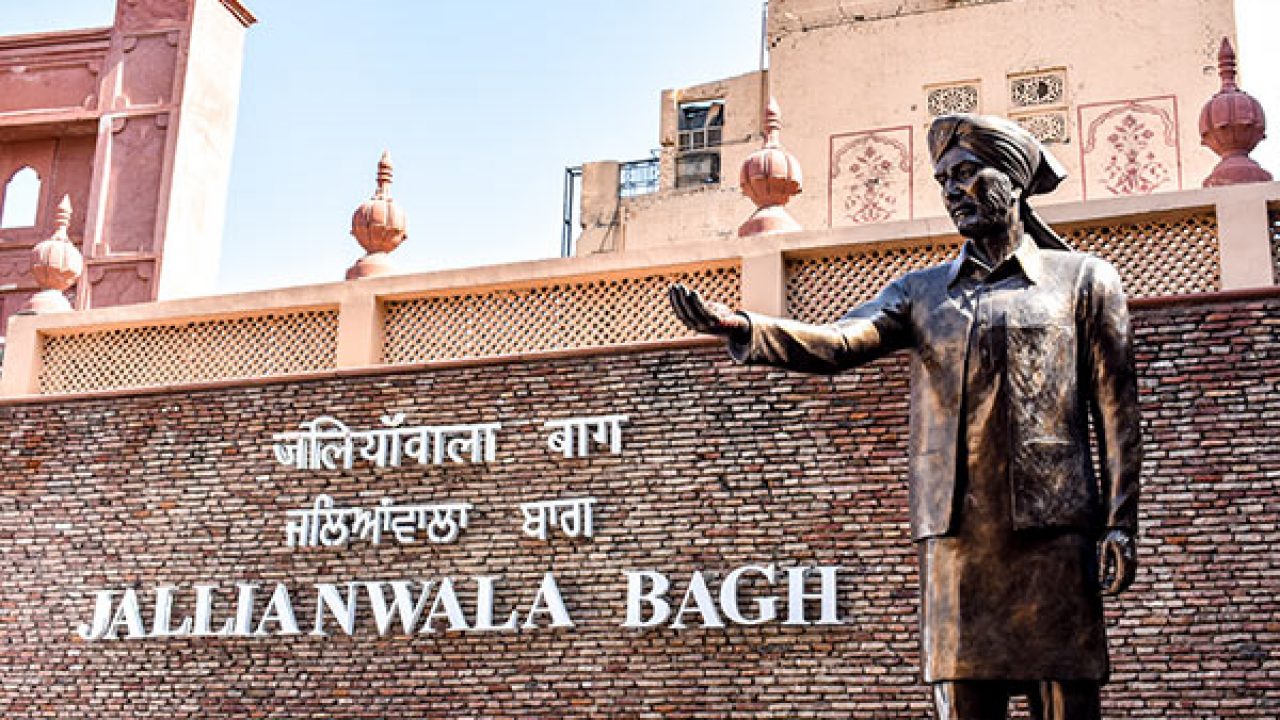
The Jallianwala Bagh Massacre is one of the most sad and dark episodes in Indian history, resulting in the deaths of numerous unarmed Indians and the injury of many more.
On April 13, 1919, British military commander General Dyer ordered his forces to open fire on an unarmed mob assembled in an open area outside the Golden Temple in Punjab’s Amritsar to protest the arrest of nationalist leaders Saifuddin Kitchlew and Satyapal.
The atrocity serves as a grim reminder of the atrocities committed under Britain’s 104-year colonial rule, which ends in 2023. The sad occurrence proved to be a watershed moment in India’s independence fight, strengthening the nation’s yearning for self-governance and freedom.
The slaughter was the result of the harsh Rowlatt Act, which authorised the British colonial authorities to imprison anybody accused of sedition without a trial. Kitchlew and Satyapal were arrested in accordance with this statute.
This sparked tremendous outrage across India, particularly in Punjab. Protesters gathered in large numbers at Jallianwala Bagh, including men, women, and children of all ages.
The demonstration was deemed a danger to the British colonial administration, and General Reginald Dyer, officer in command of the Amritsar district, took strong measures against it. He marched towards the mob with his troops, and General Dyer opened fire on them without much warning. Over 1,650 shots were fired, killing over 100 people.
Nearly 500 people were killed and nearly 1500 were injured as a result of the approximately 1,650 shots fired. The assault lasted more than ten minutes, until their ammo ran out.


